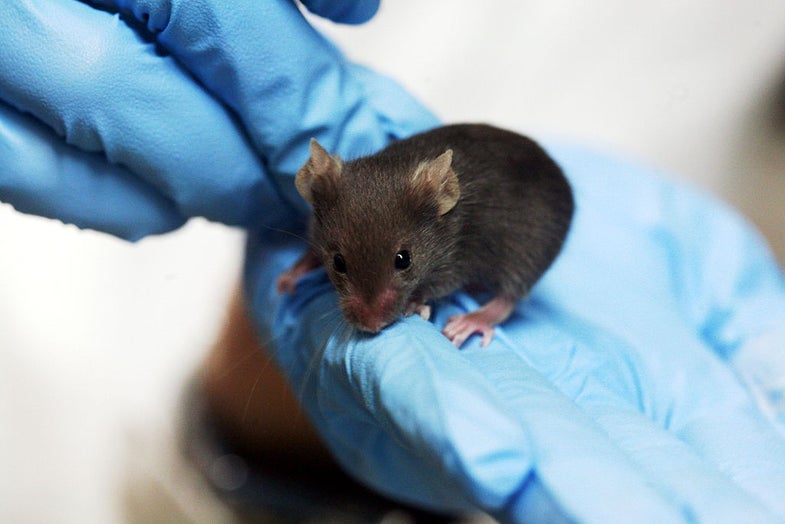For The First Time, Scientists Watched Brain Circuitry Work In Real-Time
First, you give a mouse a cookie

For the first time, scientists viewed brain neurotransmitters moving and firing in real-time, shedding light on how our mental circuitry works.
First step: Give a mouse a cookie. Or, in this case, a sugar treat that conditioned the mice to salivate at the sound of a bell. Neuroscientists developed genetically modified cells with fluorescent molecules that would light up when particular neurotransmitters were bound to them, and injected these cells into the mice’s brains. They then cut “windows” into their skulls to watch the light show. They watched pleasure-molecule dopamine rise in real time at the sound of the bell.
They also observed alertness molecule noradrenaline spiking, but not in relation to the Pavlovian training — an interesting finding for neuroscientists studying how feel-good chemicals and alertness work together in learning and addiction.